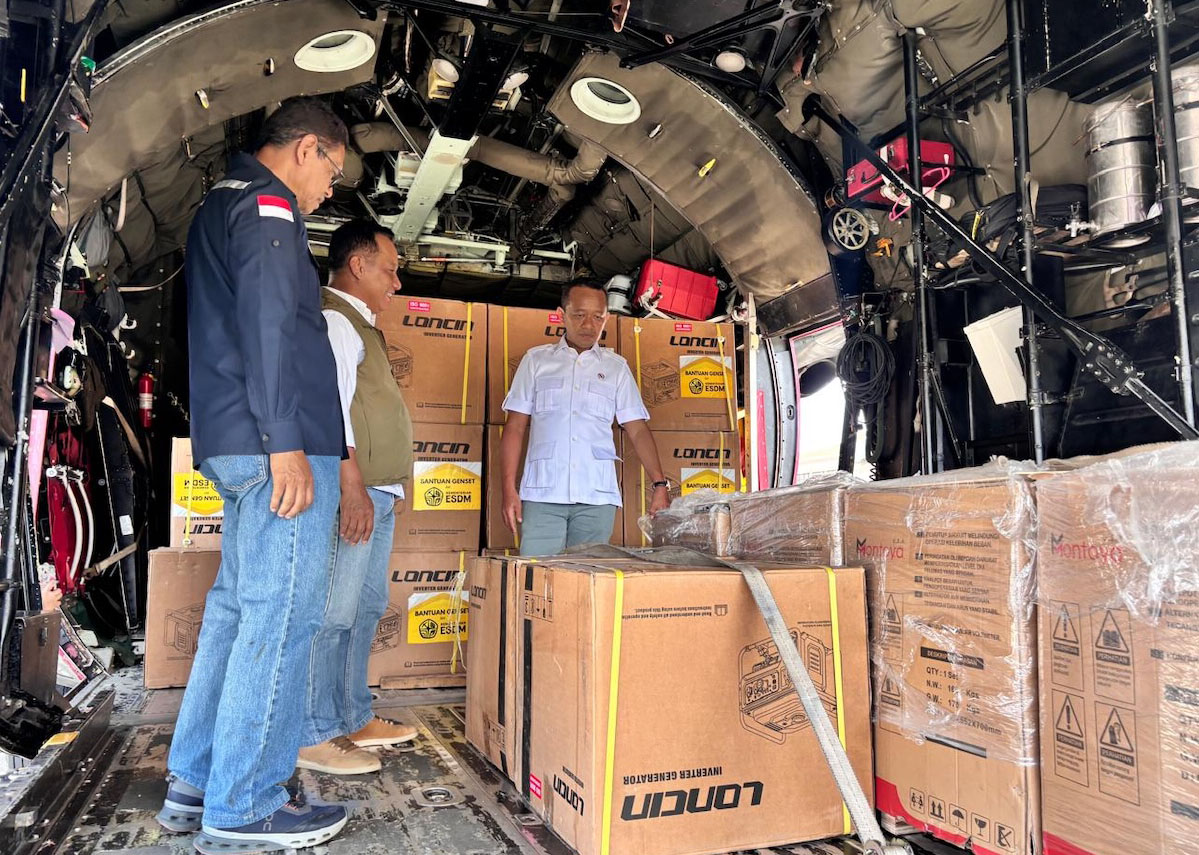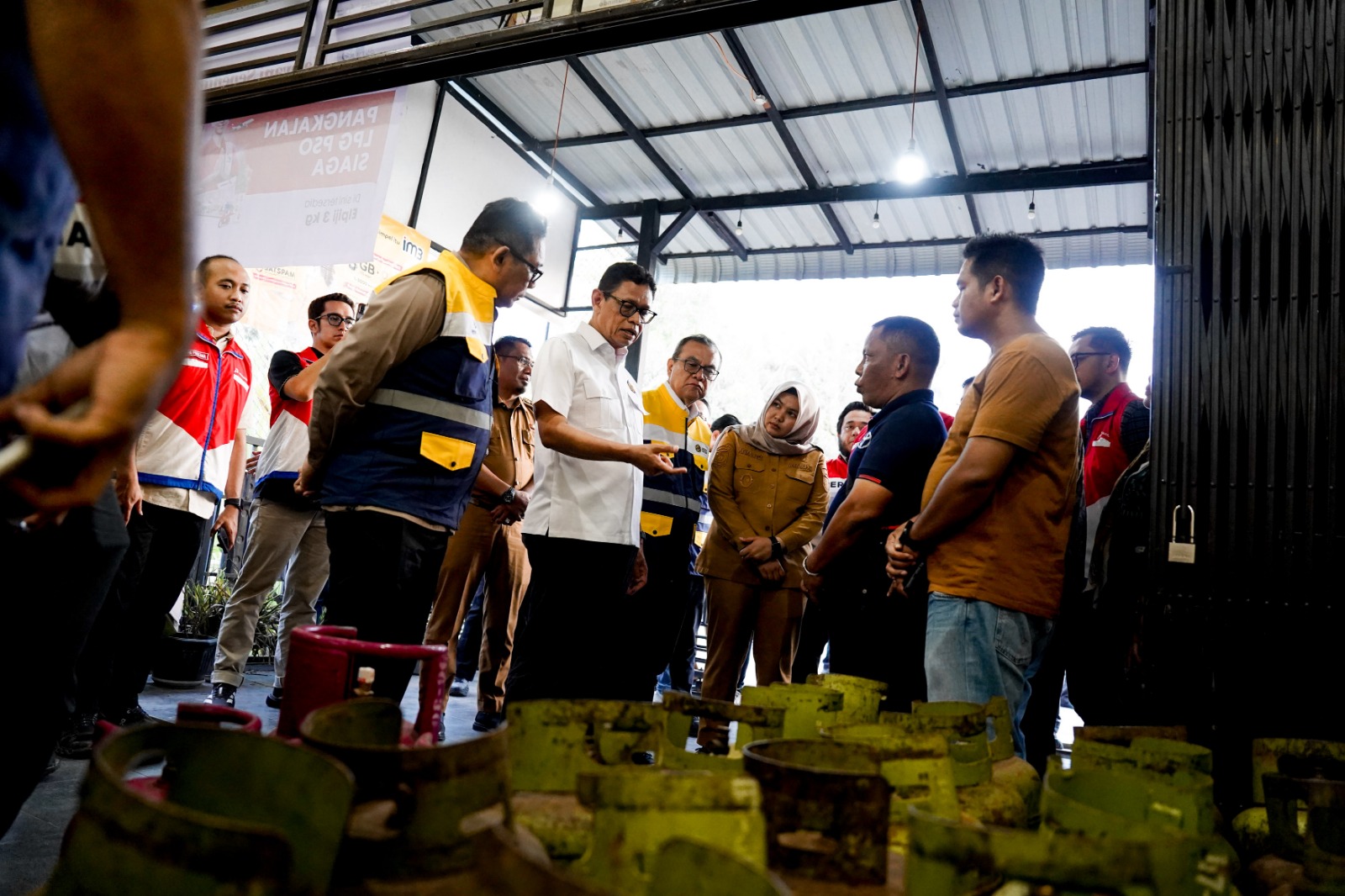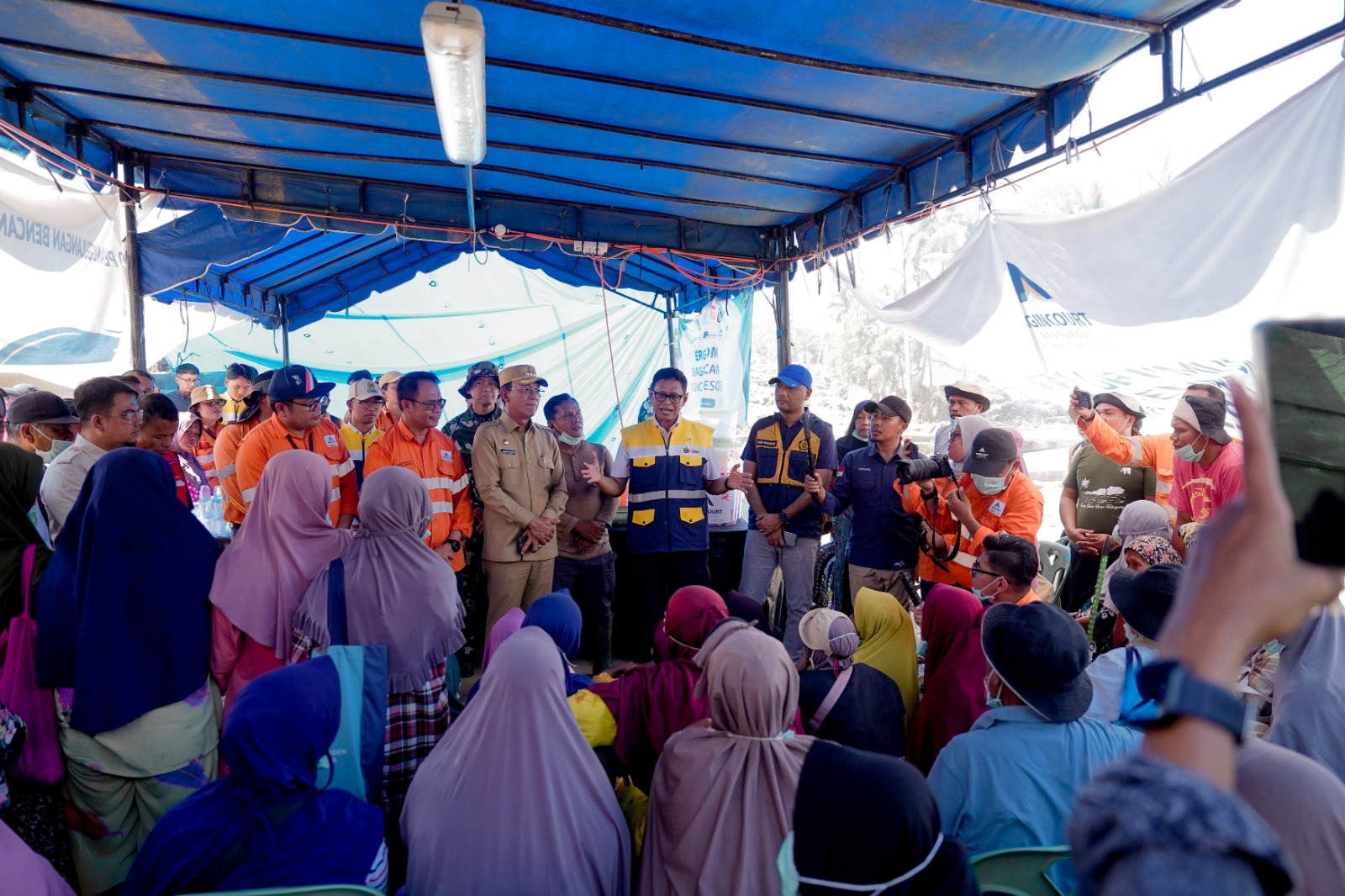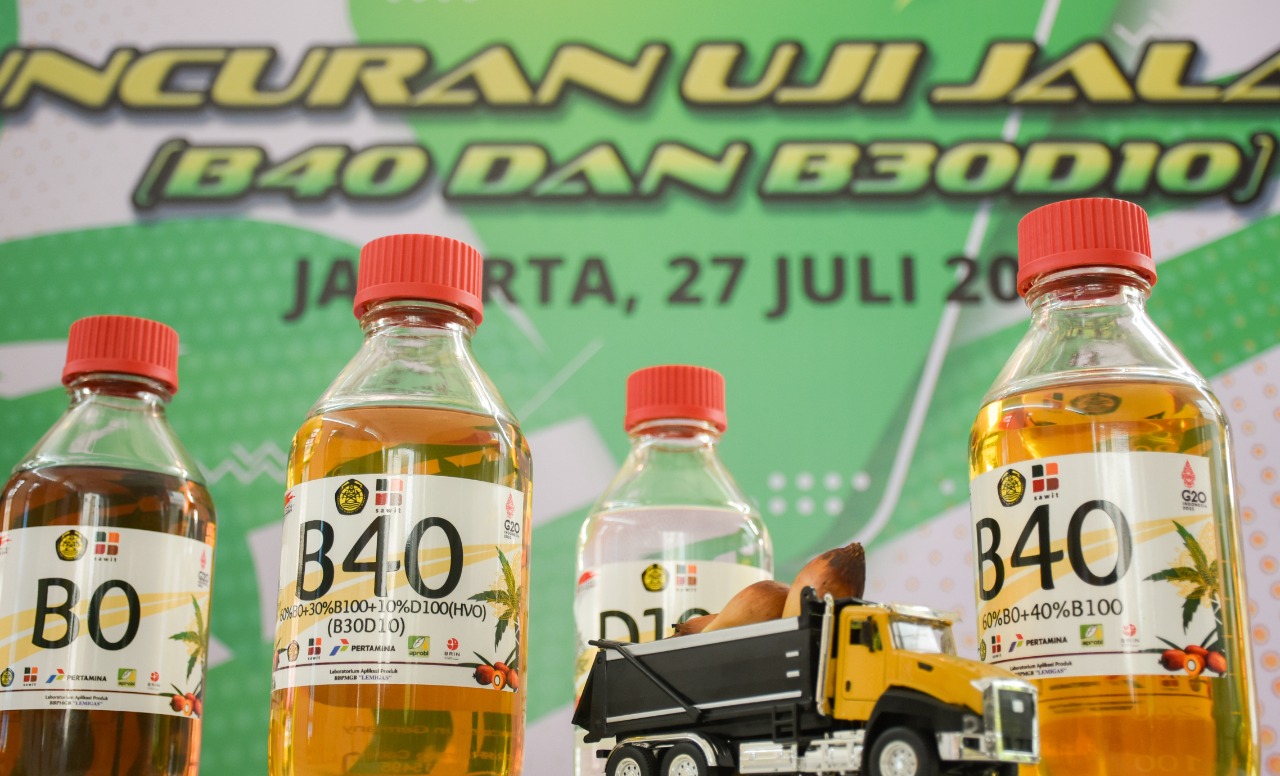Downstream Processing Creates Added Value and Strengthens Economy
MINISTRY OF ENERGY AND MINERAL RESOURCES
REPUBLIC OF INDONESIA
PRESS RELEASE
NUMBER: 301.Pers/04/SJI/2020
Date: 14 October 2020
Downstream Processing Creates Added Value and Strengthens Economy
Downstream nickel processing is considered to bring about positive effects on national economy. In addition to increasing the value chain in the production supply, downstream processing can protect nickel ore commodity from price fluctuations. This was stated by Director General of Mineral and Coal, Ridwan Djamaluddin, in a webinar titled the Future of Downstream Nickel Processing in Indonesia on Tuesday (13/10).
"At the upstream stage, mining is practically easier and profit is greater. When we move downstream, however, the term 'economies of scale' arises, meaning that the added value of the profit does not correspond with the (enormous) investment. We're seeking to find this balance," explained Ridwan.
The economies of scale aspect, continued Ridwan, is crucial in designing the downstream nickel policy in Indonesia. "When the economies of scale are connected to the tree of industry or the supply chain of downstream products, the economy has not run as expected," he said.
Ridwan admitted that planning for nickel industry development has been on the increase due to encouragement from industry players. "We realize that the nickel industry is important," he said. The growth of the processing industry has been boosted by Indonesia's large potential for low grade nickel.
In line with the Director General, Advisor to Minister of Energy and Mineral Resources for Acceleration of Mineral and Coal Administration, Irwandy Arif, said that downstream concept did not stop when minerals had been processed into intermediate products. "Downstream processing must be developed further until minerals are processed into raw or complementary material for the final products in the tree of industry," Irwandy said.
According to Irwandy, the concept of added value is not merely a ratio between product prices and raw material prices. "Don't measure prices for ourselves only, but share the value with the community," said Irwandy.
He went on to describe the processing of nickel ores into FeNi or concentrate, and then to Ni-sulfate and Co-sulfate. The semi-finished product is further processed into a precursor which is the raw material for battery. "This precursor is again processed to produce lithium-ion batteries," he said.
If carried out sustainably and in an integrated manner, downstream processing will strengthen the domestic industry. "Without downstream processing, the domestic industry will always depend on imported materials, making it very weak and easily shaken by non-technical factor in the form of rupiah exchange rate," said Irwandy.
Nickel Resource Balance
Based on the mapping of the Geological Agency in July 2020, Indonesia has 11,887 million tonnes of nickel ore resources (inferred 5,094 million tonnes, indicated 5,094 million tonnes, measured 2,626 tonnes, hypothetical 228 million tonnes) and 4,346 million tonnes of ore reserves (proven 3,360 million tonnes and estimated 986 million tonnes). Meanwhile, the total metal resources reached 174 million tonnes and metal reserves 68 million tonnes.
"Southeast Sulawesi, Central Sulawesi, and North Maluku have the largest potential in Indonesia to date," said Head of Geological Agency of Ministry of EMR, Eko Budi Lelono, on the same occasion.
Eko said that nickel exploration must be continued to make Indonesia more self-reliant in nickel production. Eko emphasized that downstream processing would give added value to the country.
"The Geological Agency has also conducted active exploration of this (nickel). Thus, we can give recommendations for new mining areas to Directorate General of Mineral and Coal, who will issue Mining Business Area licenses. The potential for associated metals in laterite nickel deposits must be evaluated and identified, too, so that we'll be able to use nickel much better," said Eko.
Eko explained that one of the recommendations from Geological Agency is to focus the exploration of nickel deposits on laterite deposits rather than primary ones because exploration will be easier and economic potential higher. "The volume of laterite deposits is much larger than that of primary deposits," said Eko.
Indonesia has placed itself as the world's largest producer of nickel ores in 2019. Of the total 2.67 million tones of nickel produced across the globe, Indonesia contributed 800 thousand tonnes, far higher than the Philippines (420 thousand tonnes of Ni), Rusia (270 tonnes of Ni), and New Caledonia (220 thousand tonnes of Ni). (IY)
Head of Bureau of Communication, Public Information Services, and Cooperation
Agung Pribadi (08112213555)
Share This!






